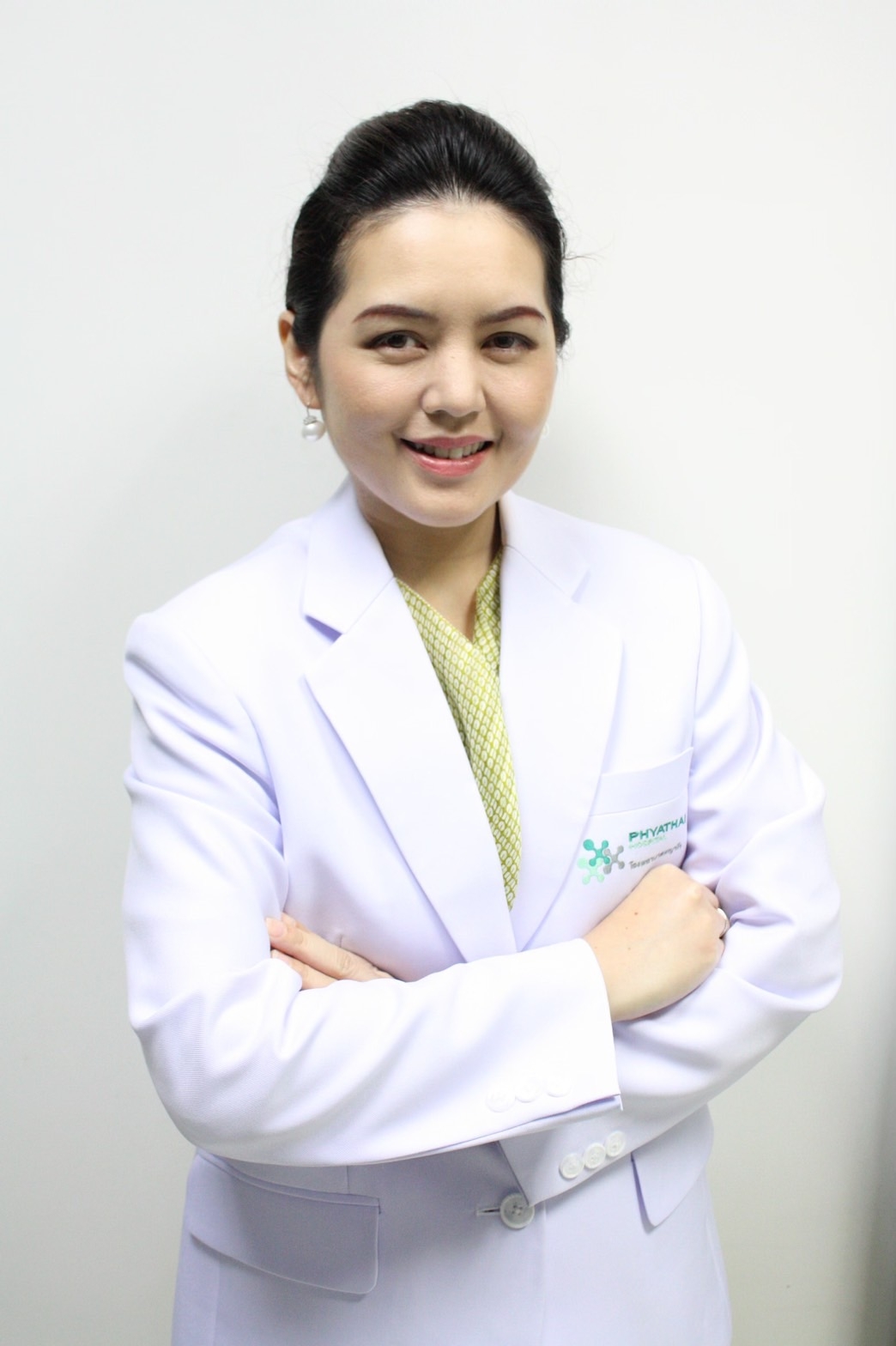Allergic symptoms or allergic diseases commonly found in Thai children are often caused by allergens such as dust mites, cockroaches, and pollen from flowers as well as other grasses. Some of these cause ‘allergic conjunctivitis’ because these allergens can dissolve in tears and enter the conjunctiva, which plays an important role in producing substances that counteract allergens later on.
Allergic conjunctivitis… a common allergic disease
From studies on the overall prevalence of allergic diseases, it is found that 30-40% of the world’s population suffers from at least one type of allergy, mostly in younger age groups, with incidence increasing every year. In children, allergic conjunctivitis is often found together with allergic rhinitis. In adults, it is found in about 15-20%, and up to 40% in some studies. Therefore, allergic eye disease is another important condition that should be carefully monitored and managed.
What are the symptoms of allergic conjunctivitis?
Most patients who visit doctors usually come with symptoms of itchy eyes, needing to rub their eyes, or abnormal blinking. The key symptoms caused by allergic conjunctivitis are severe eye itching, often accompanied by other symptoms such as red eyes, eye irritation, tearing, swollen conjunctiva, white mucus discharge, blurred vision, and drooping eyelids. The eyelids may be swollen or normal. However, the cornea is usually normal.
Besides eye symptoms, nasal symptoms may also occur, such as nasal congestion, sneezing, and runny nose, and may be associated with other allergic diseases such as rhinitis, asthma, or atopic dermatitis. These symptoms occur when the patient is exposed to allergens. Therefore, patients often experience intermittent symptoms depending on the time of exposure to the allergen. When not exposed or after recovery from an allergic episode, symptoms will not occur again until new allergen exposure happens.
- The most important treatment for allergic eye disease is to identify the allergen and try to avoid it, such as staying indoors and closing windows during high pollen counts, especially in the morning and evening.
- Regularly clean bedding, pillows, mosquito nets, blankets, bed covers, and stuffed toys on the bed, or even clean the house to reduce exposure to dust mites.
- Use dust mite-proof bedding and mattresses.
- Use a damp cloth to clean surfaces, which is better than just dusting or sweeping.
- Keep trash bins tightly closed to prevent cockroaches.
- Eliminate all types of mold in the house.
- Regularly check and clean air conditioners.
- Use air purifiers.
- Wash hands and clean the body after contact with animals that may cause allergic reactions.
- Wear protective glasses that fully cover the eyes when going outside to reduce exposure to pollen or mold, especially wrap-around glasses that cover the sides, which provide better protection.
- Reduce wearing contact lenses during seasonal allergies and clean them daily or switch to daily disposable lenses.
- Avoid rubbing the eyes when itchy, as this stimulates allergic responses and worsens symptoms.
Medications for treating allergic conjunctivitis
There are three main types of medications that may be used when allergic eye symptoms occur:
- Antihistamines, which can be eye drops or oral medications. A caution with antihistamines is that they may cause acute glaucoma in patients with narrow-angle glaucoma. However, although this is possible, it is not an absolute contraindication. They can be used if necessary but should be used with caution and not in patients with high intraocular pressure.
- Mast cell stabilizers, which prevent the release of substances from mast cells that cause allergic symptoms. Currently, many eye drops on the market combine antihistamines and mast cell stabilizers in one bottle for more convenient use.
- Steroid eye drops provide very good treatment results and are often used in severe, chronic cases or those unresponsive to initial treatment. Long-term use may cause side effects such as glaucoma, cataracts, and increased risk of eye infections. Therefore, they must be used cautiously and under close supervision by an ophthalmologist only.
Other medications that help with allergic conjunctivitis include
- Artificial tears, which help wash allergens out of the eyes.
- Vasoconstrictors, used to reduce redness. They help little or not at all with itching, and long-term use may cause rebound redness, so they are suitable only for short-term use.
- Non-steroidal anti-inflammatory drugs (NSAIDs), which help reduce itching and can be used to treat allergic eye disease, but indications must be considered on a case-by-case basis.
If your child has eye symptoms, whether it is ‘allergic conjunctivitis’ or not, you should promptly take them to see a doctor for examination, diagnosis, and appropriate treatment because the eyes are delicate and very important organs for daily life.








